Water sports: Tokyo’s newest fitness centre and spa blends public with private
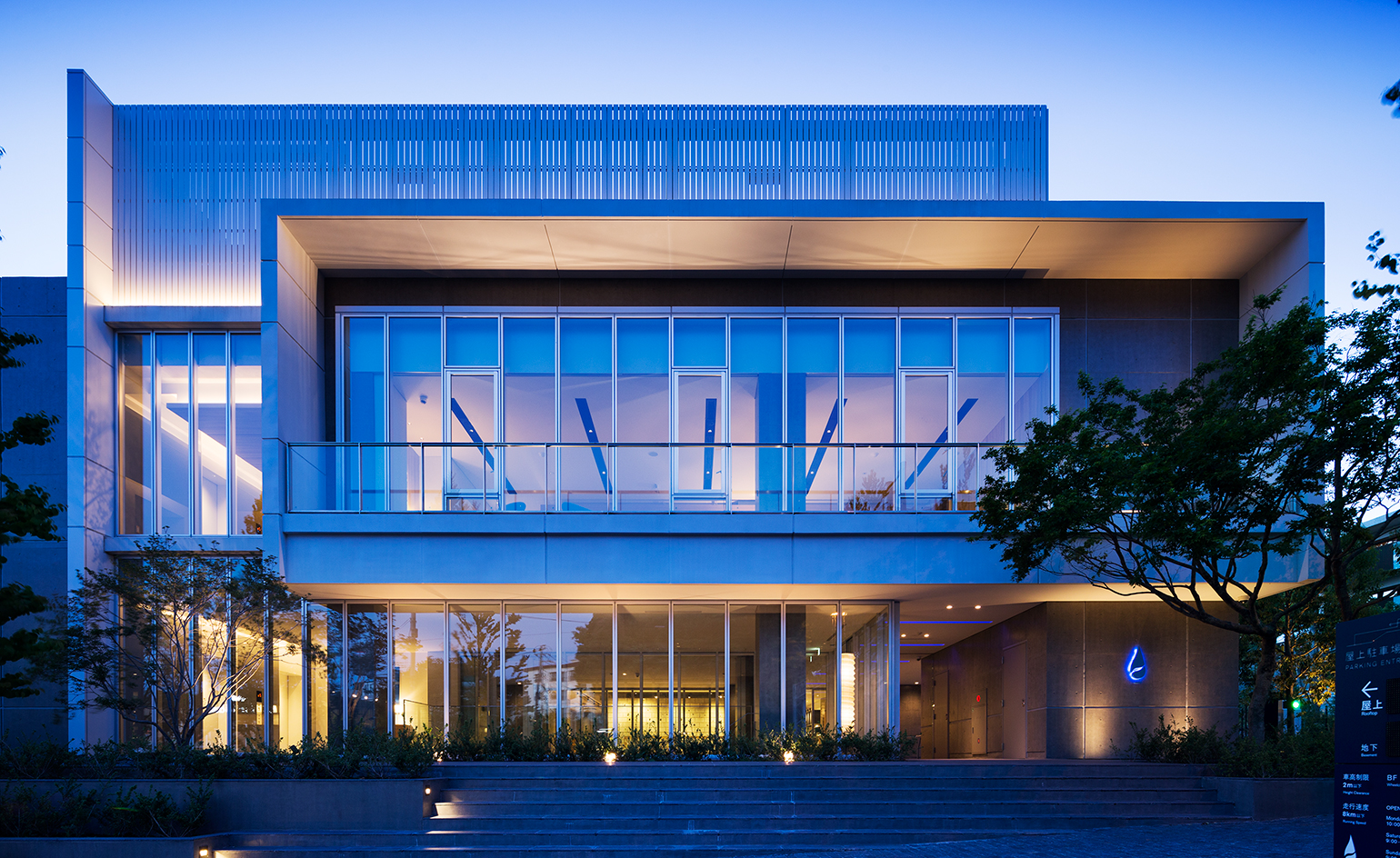
Hemmed in by a busy highway, apartment buildings and small houses, it’s hard to believe that the steep hillside where the recently rebuilt Aqua Sports & Spa member’s club now sits was once home to a Tokugawa country estate. In days gone by it offered a spectacular view of Mount Fuji, onsen springs and rich forests; now only hinted at by the large pockets of trees that sit to the east and west.
Inspired by the dramatically changing landscape, Los Angeles architect Christopher Coe of Coe Architecture International set out to build a facility that would recreate an ancient sense of calm in the midst of its frenetic present day surroundings. ‘Although a private club, our intent was to create a transparent building with a welcoming and public presence, one with a serene and refined demeanor in sharp contrast to the chaotic surroundings of Tokyo,’ says Coe.
Spanning six storeys and 6,000 sq m, the facility comprises a series of stacked white and grey concrete volumes that follow the line of the hillside. Conceived to conserve natural resources and significantly reduce reliance on outside power generation, the building carefully balances Eastern and Western design sensibilities.
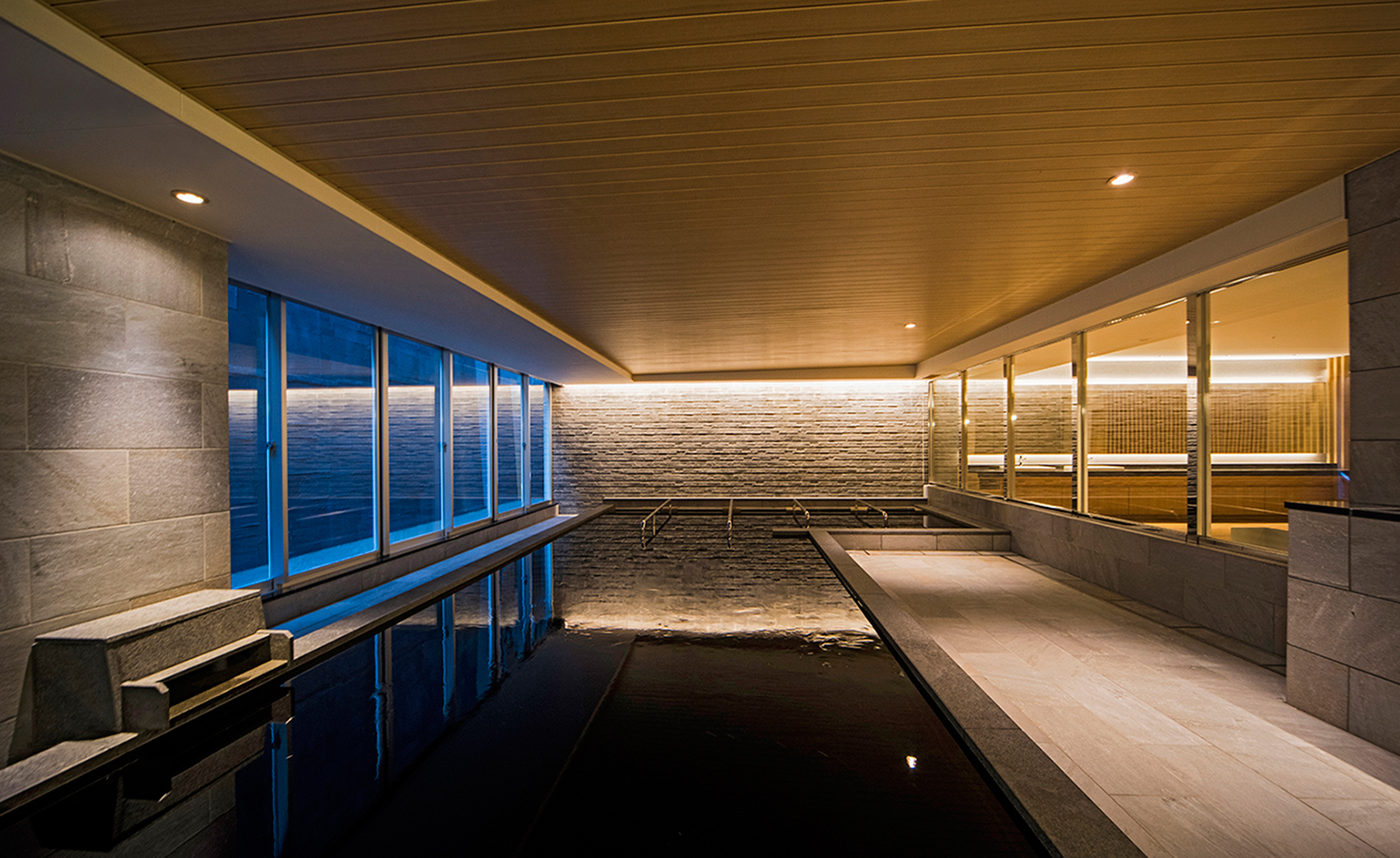
The facility is the first project to be completed by Coe Architecture International in Japan
While the cafe and lounge on the third floor are oriented east–west, taking in the tree-top views, the glazed facade of the pool and gym runs north–south, level with the busy highway. ‘The pool is the most singular and “Western” of the building’s spaces with the function and its space being completely interdependent,’ explains Coe of the design. 'However, the introduction of the large windows allows the enclosed space to “leak” or flow freely to the exterior, breaking down the spatial definition of inside and outside, which is more akin to Japanese space. At night the dramatic interior lighting glows through the windows, creating an advertisement for the club more effective than even the most colorful neon signage seen in Tokyo.’
However, it would seem that the club is no need of advertisement. Fitness fanatics tempted by its private 50m swimming pool (the only one of this size in greater Tokyo), its gym, outdoor terrace, spa lounges and Japanese baths fed by onsen springs, will need to sign up to the waiting list – which is currently just over a year long.
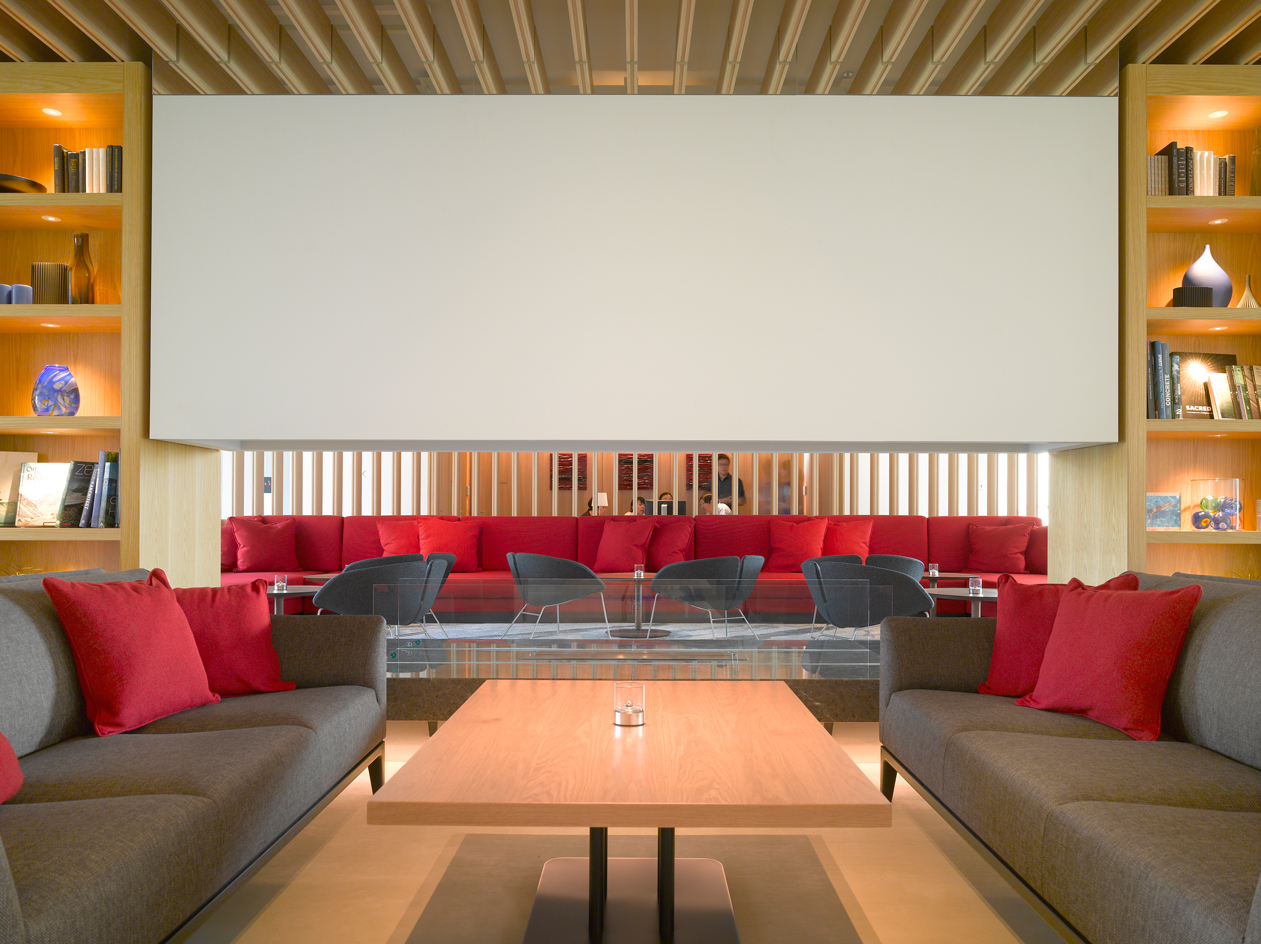
The facility – opened in June in Setagaya-Ku – spans six storeys and 6,000 sq m
INFORMATION
For more information, visit the Aqua Sports & Spa website
Wallpaper* Newsletter
Receive our daily digest of inspiration, escapism and design stories from around the world direct to your inbox.
Ali Morris is a UK-based editor, writer and creative consultant specialising in design, interiors and architecture. In her 16 years as a design writer, Ali has travelled the world, crafting articles about creative projects, products, places and people for titles such as Dezeen, Wallpaper* and Kinfolk.
-
 Put these emerging artists on your radar
Put these emerging artists on your radarThis crop of six new talents is poised to shake up the art world. Get to know them now
By Tianna Williams
-
 Dining at Pyrá feels like a Mediterranean kiss on both cheeks
Dining at Pyrá feels like a Mediterranean kiss on both cheeksDesigned by House of Dré, this Lonsdale Road addition dishes up an enticing fusion of Greek and Spanish cooking
By Sofia de la Cruz
-
 Creased, crumpled: S/S 2025 menswear is about clothes that have ‘lived a life’
Creased, crumpled: S/S 2025 menswear is about clothes that have ‘lived a life’The S/S 2025 menswear collections see designers embrace the creased and the crumpled, conjuring a mood of laidback languor that ran through the season – captured here by photographer Steve Harnacke and stylist Nicola Neri for Wallpaper*
By Jack Moss
-
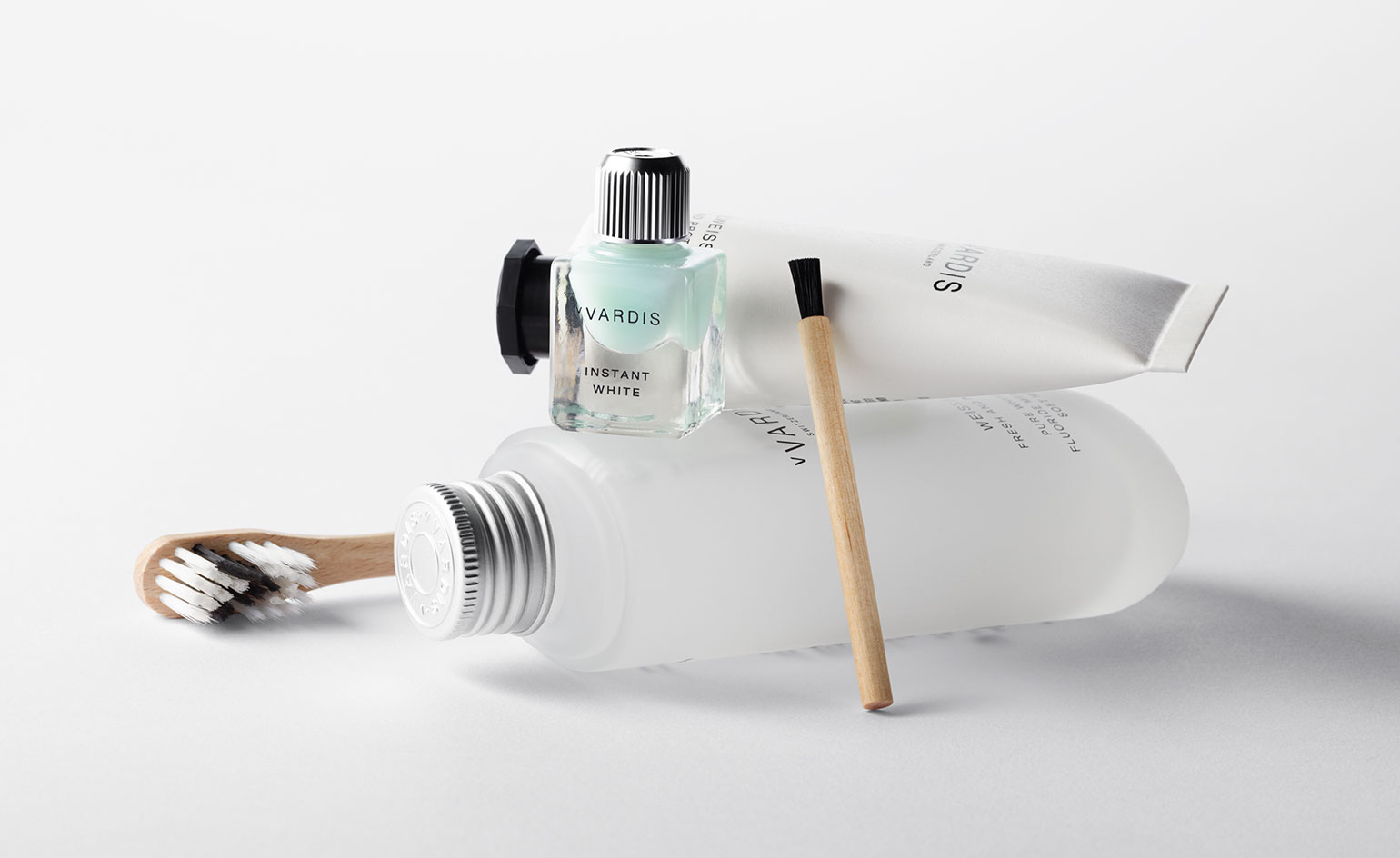 Bright ideas: sink your teeth into these dental care delights
Bright ideas: sink your teeth into these dental care delightsFrom cracked teeth to mask breath, we chew over the best dental solutions for every oral care woe
By Pei-Ru Keh
-
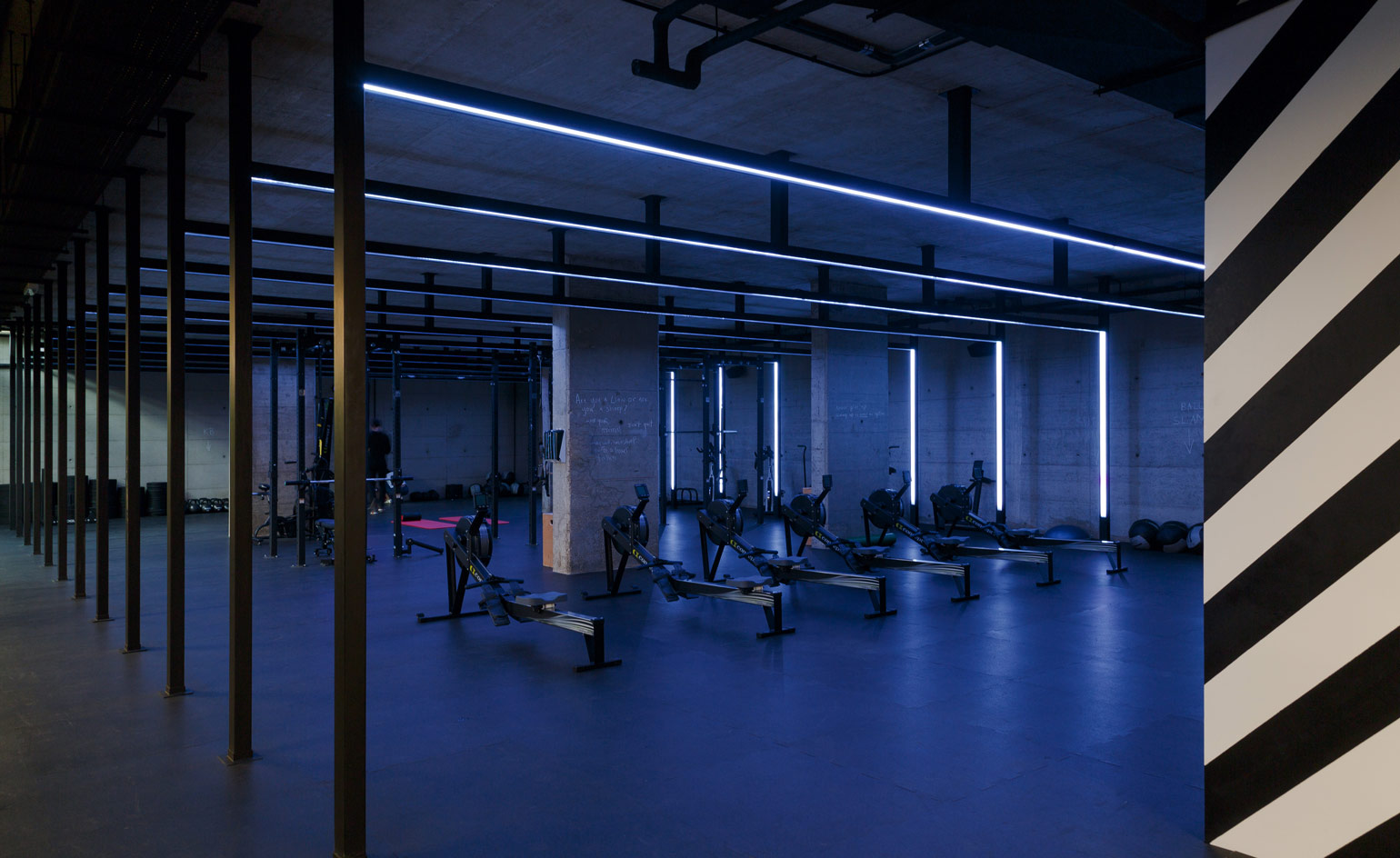 The best gyms around the world for design buffs in 2018
The best gyms around the world for design buffs in 2018By Mary Cleary
-
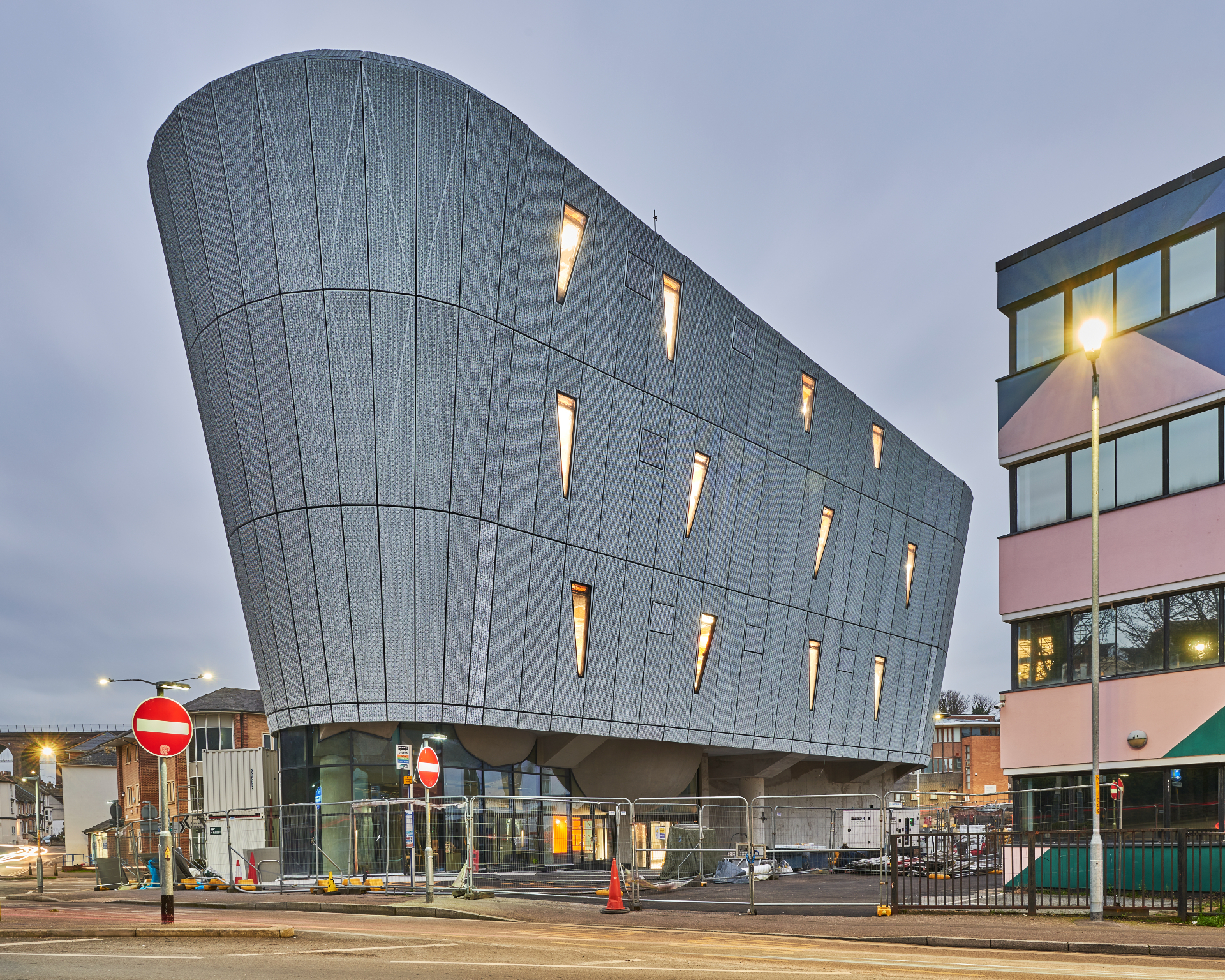 Skate park design goes to the British seaside with Guy Hollaway’s F51
Skate park design goes to the British seaside with Guy Hollaway’s F51F51 is Folkestone's brand new, dedicated, multistorey skate park, courtesy of the Roger De Haan Charitable Trust and Hollaway Studio
By Ellie Stathaki
-
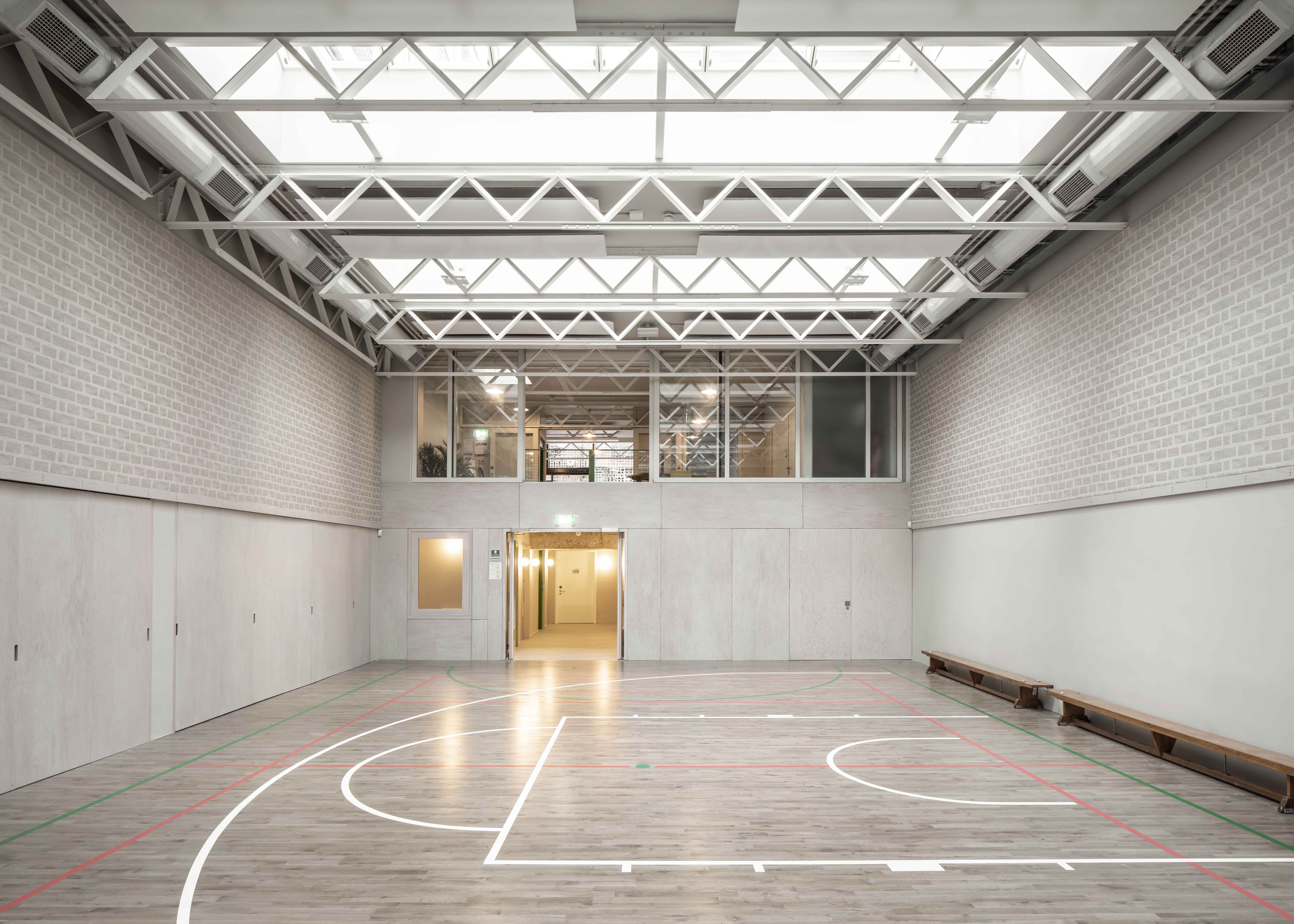 Community centre architecture redefined: Holborn House by 6a and Caragh Thuring opens
Community centre architecture redefined: Holborn House by 6a and Caragh Thuring opensHolborn House by 6a Architects and Caragh Thuring opens for the Holborn Community Association in London, bridging art and community architecture with people at its heart
By Ellie Stathaki
-
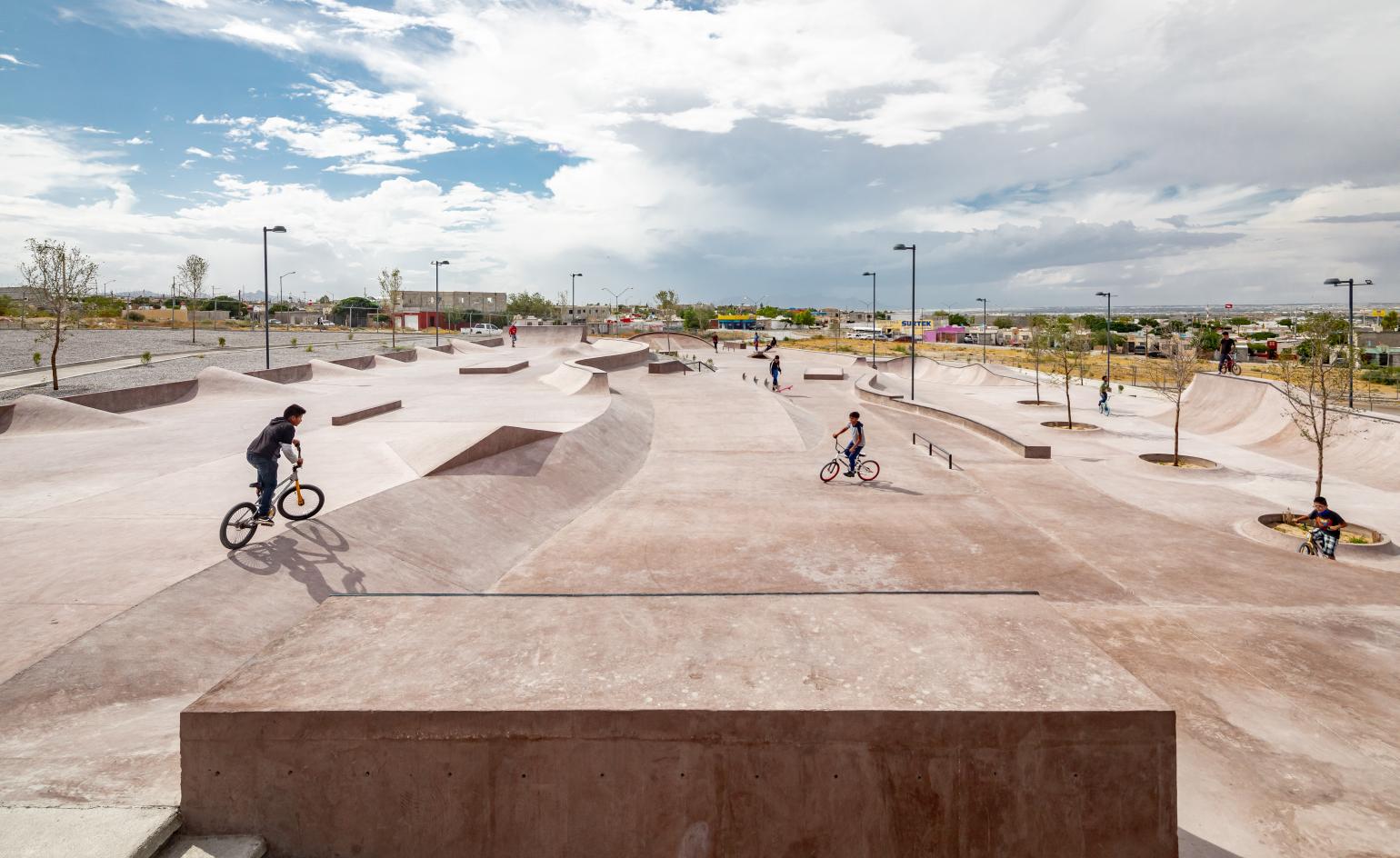 Pink concrete skatepark is a striking urban landmark in the Chihuahuan Desert
Pink concrete skatepark is a striking urban landmark in the Chihuahuan DesertA team of architects, landscape designers, sociologists and urban planners came together to create La Duna, a fine example of skatepark architecture on the northern border of Mexico
By Ellie Stathaki
-
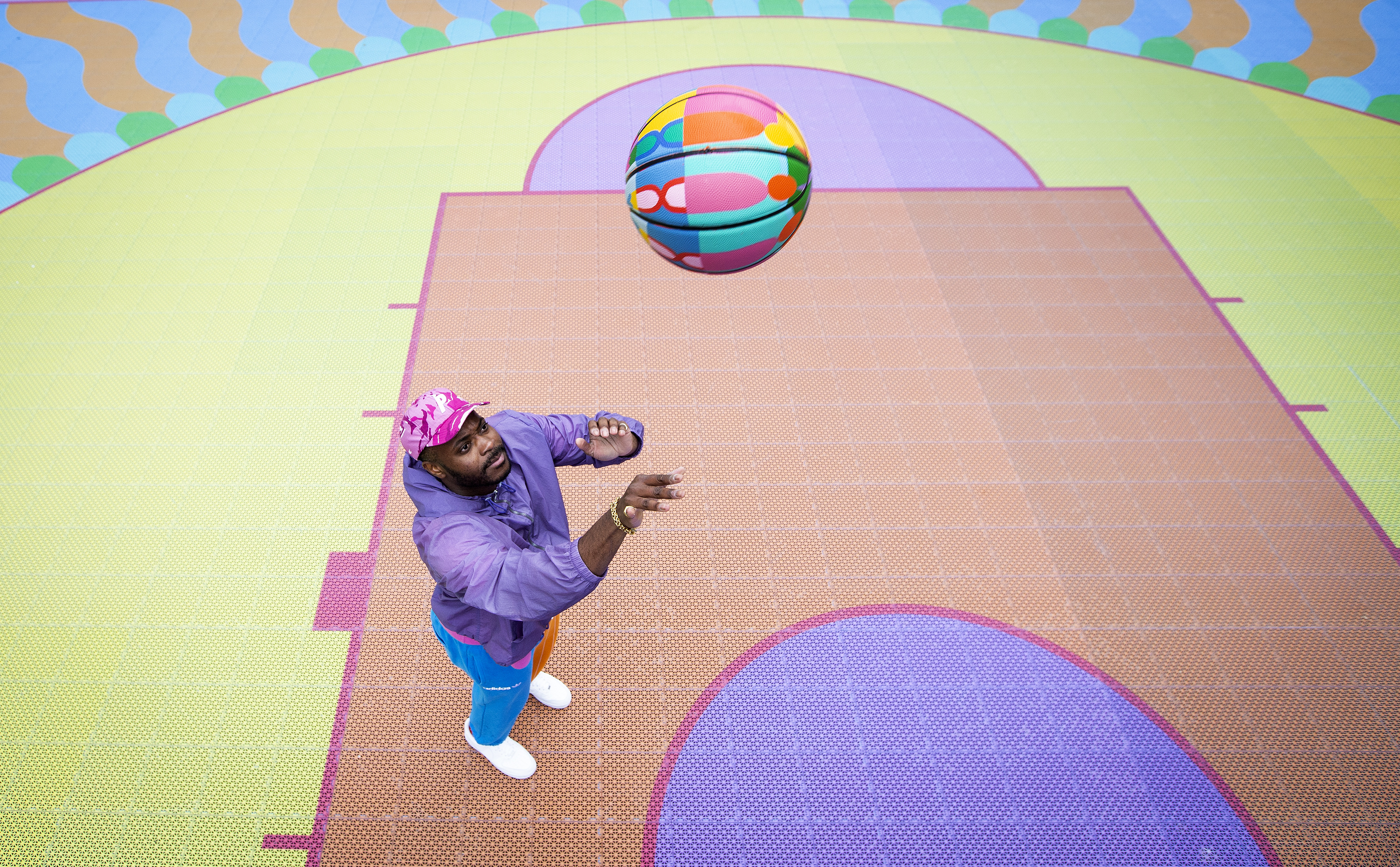 Last chance to play: Yinka Ilori's colourful basketball court in Canary Wharf is a slam dunk
Last chance to play: Yinka Ilori's colourful basketball court in Canary Wharf is a slam dunkArtist and designer Yinka Ilori applied his signature colourful geometries to his design for this new public basketball court in Canary Wharf, London
By Rosa Bertoli
-
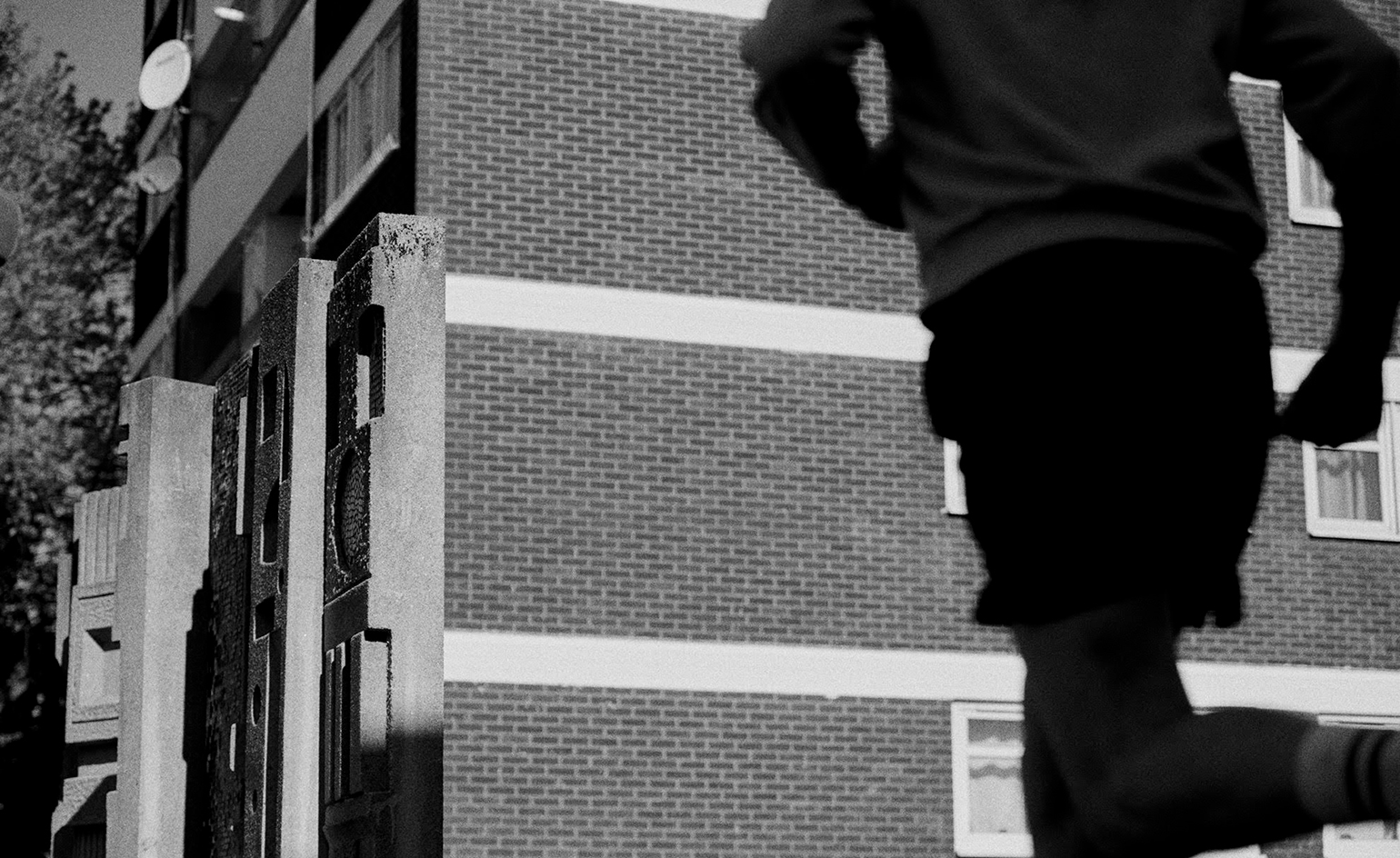 Building muscle: London architecture walks and runs
Building muscle: London architecture walks and runsTry these London architecture walks and runs for some physical and intellectual edification
By Simon Mills
-
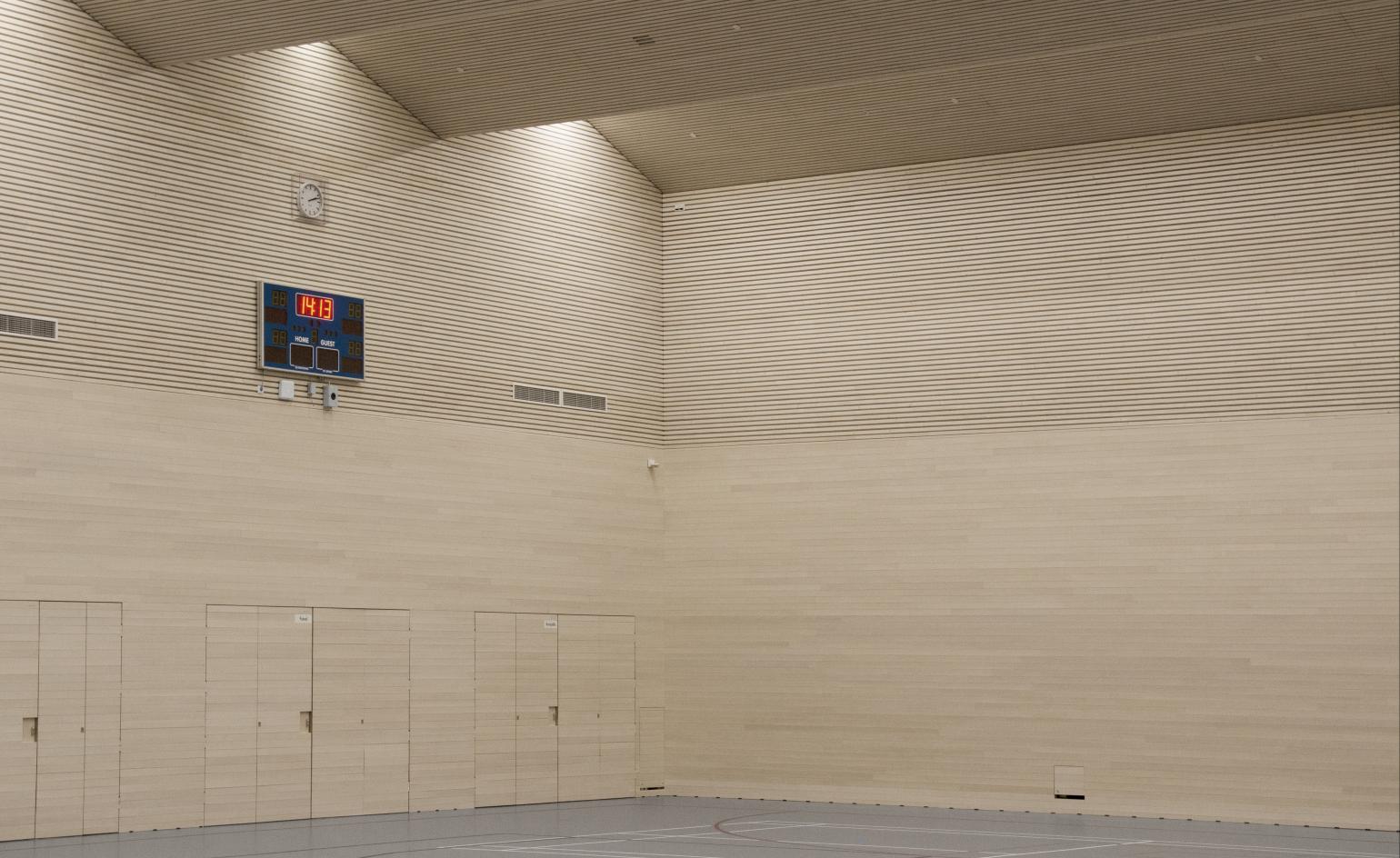 Janne Tuunanen captures modernist architecture of renovated Helsinki Olympic Stadium
Janne Tuunanen captures modernist architecture of renovated Helsinki Olympic StadiumPhotographer Janne Tuunanen captures the sharp modernist architecture of the recently renovated Helsinki Olympic Stadium in Finland in his latest series
By Ellie Stathaki